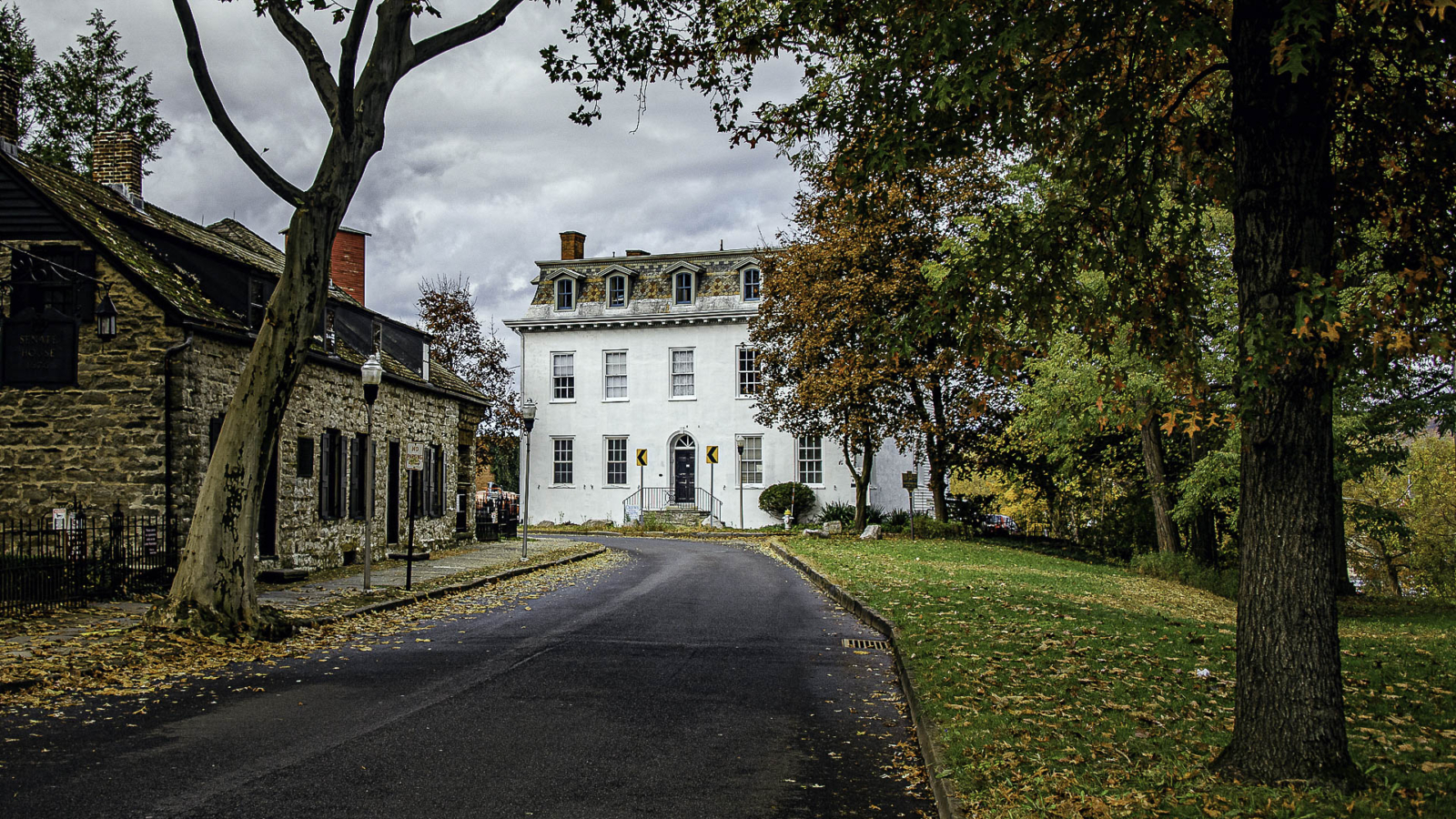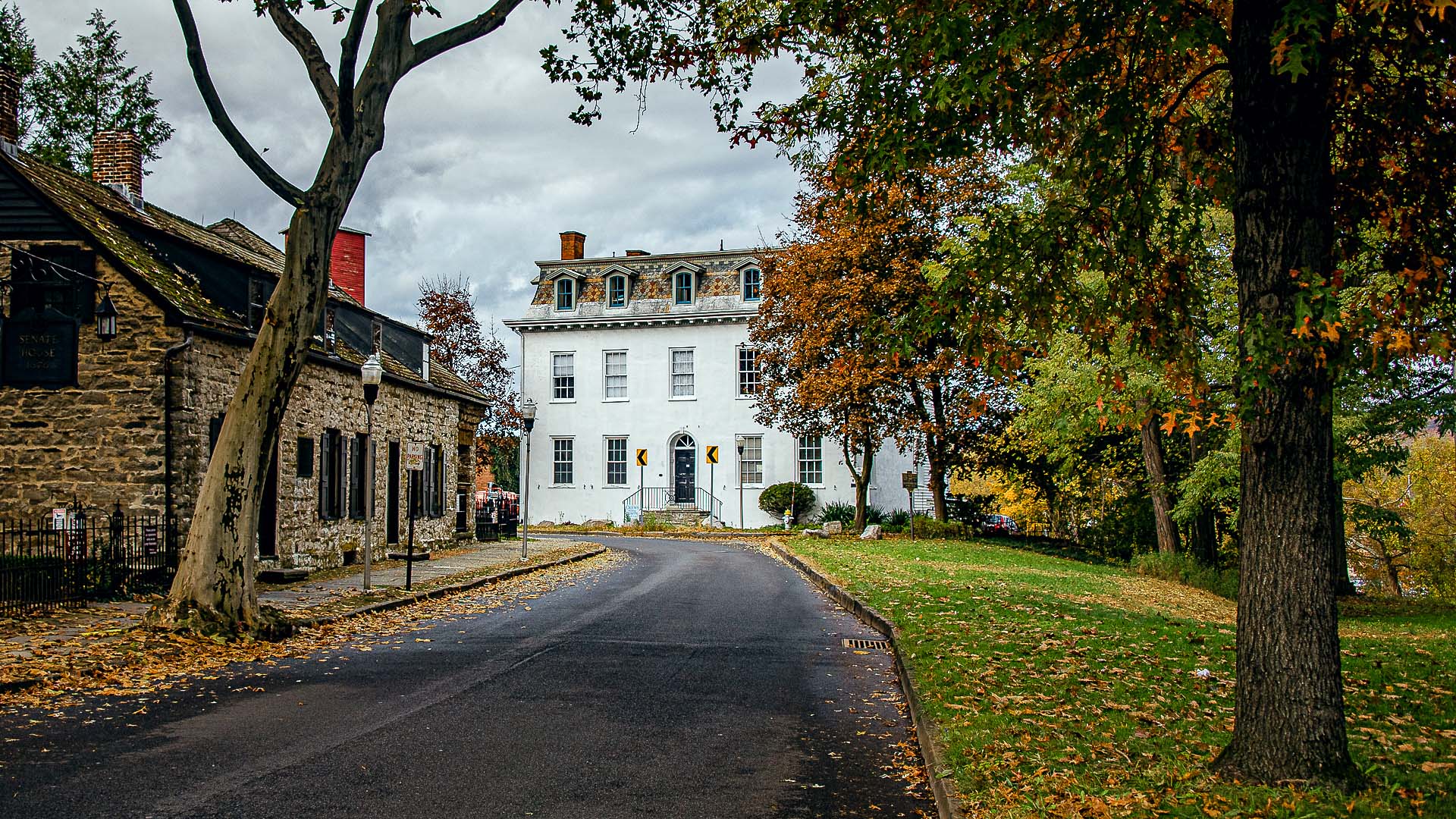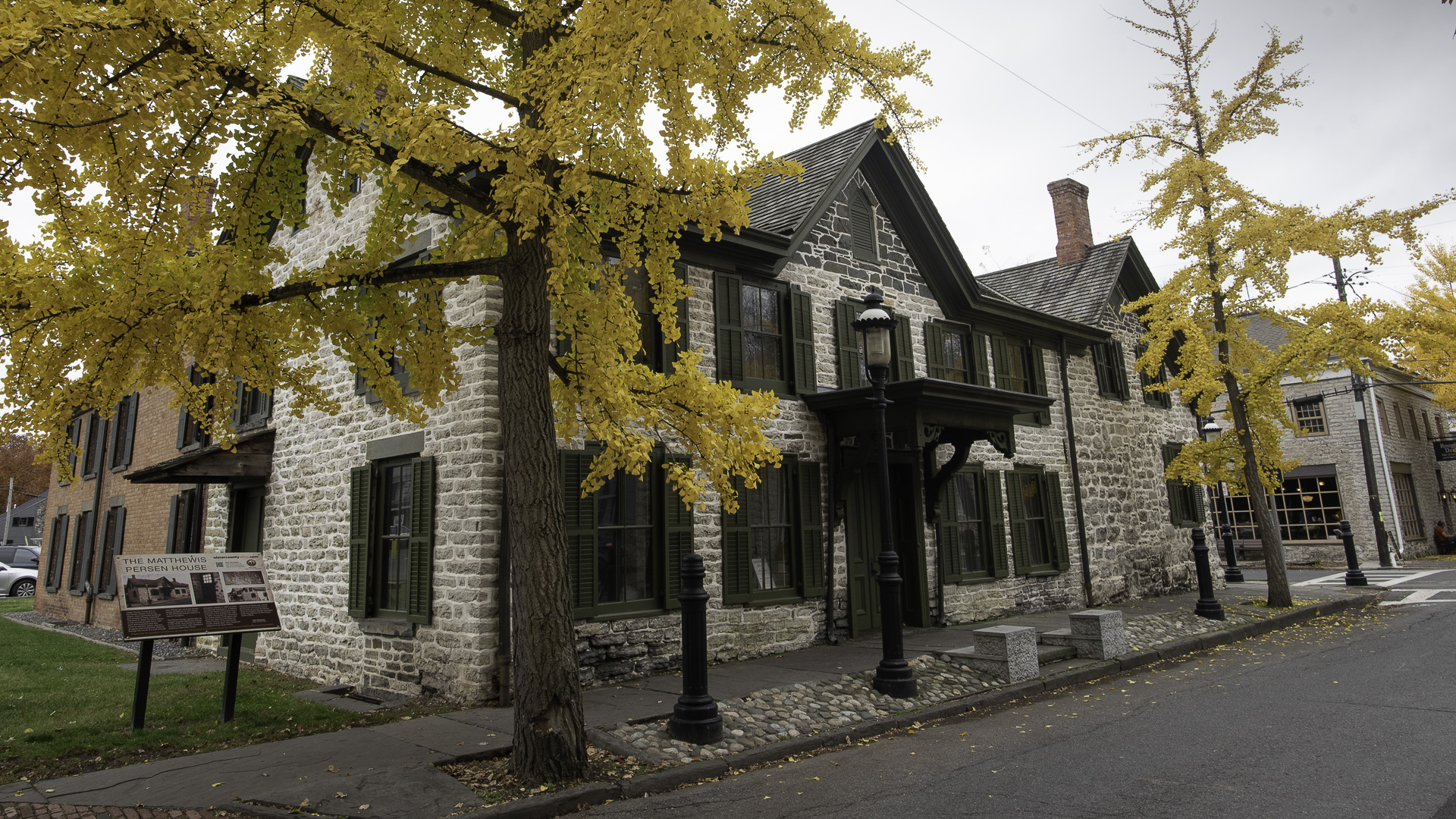Kingston, NY: A Legacy of Industry
Kingston, NY, stands as a testament to the transformative power of the Industrial Revolution. Nestled along the Hudson River, Kingston’s strategic location, coupled with its rich deposits of natural resources like limestone and cement, positioned it as a linchpin in the industrial era.
As the 19th century dawned, Kingston’s shipyards buzzed with activity. These yards crafted an array of vessels, from merchant ships and formidable warships to the iconic steamboats that would become synonymous with the Hudson. Beyond shipbuilding, Kingston’s industrial prowess extended to flour milling, tanning, and brickmaking, each contributing to the city’s burgeoning reputation as an industrial powerhouse.
The 1828 inauguration of the Delaware and Hudson Canal was a game-changer. This canal, linking Kingston to Pennsylvania’s coal-rich regions, catalyzed the growth of Kingston’s iron and steel sectors, further solidifying its industrial prominence.
By the late 19th century, Kingston had carved a niche for itself in cement manufacturing. Its abundant limestone deposits were a boon for cement production, and the Hudson River facilitated seamless transportation of the finished product.
However, the industrial boon was a double-edged sword. While Kingston’s economy and population surged, the city grappled with the darker facets of industrialization: pollution and environmental degradation. The once-pristine landscapes bore the brunt of relentless industrial activity.
Today, Kingston wears its history with pride. The Stockade District, a National Historic District, stands as a silent witness to the city’s storied past. Modern Kingston is a cultural hub, boasting museums, art galleries, and theaters that celebrate its rich heritage.
Kingston’s Industrial Pillars:
- Bluestone mining: The Kingston Area was once the nation’s largest supplier.
- Shipbuilding: Crafting vessels that sailed both domestic and international waters.
- Brickmaking: Building blocks for the city’s infrastructure.
- Cement: Harnessing the city’s limestone deposits for construction.
Kingston’s journey through the Industrial Revolution is a tale of growth, innovation, challenges, and resilience. While the city reaped the economic benefits of industrialization, it also faced its environmental consequences. Today, as Kingston thrives and evolves, it remains a beacon of history, culture, and industrial legacy in the Hudson Valley.
Articles About History of the Kingston Area








Reher Center Hosts Sustainable Fashion Event, Promotes Clothing Donations
/in Featured, History, News /byOn Saturday, August 20, Rondout’s Reher Center will celebrate sustainable fashion with an afternoon of free programming. The latest in a season of exciting community offerings, this event will feature workshops, hands-on activities for families, and access to the popular Sewing in Kingston exhibition. Visitors are also encouraged to bring lightly-worn clothing and shoes that […]
Ulster County Handspinners Guild Visits the Matthewis Persen House
/in Featured, History, News /byUlster County Clerk Nina Postupack is pleased to welcome the Ulster County Handspinners Guild to the Matthewis Persen House on Saturday, August 20th from 10:00 am to 2:00 pm. The house is located at 74 John Street in uptown Kingston, at the historic intersection of John and Crown Streets. Admission is free and all are welcome. This Saturday, […]
Historic Brickyard to Re-Open as Mega Tatoo Parlor
/in History /byLorem ipsum dolor sit amet, consectetur adipiscing elit. Etiam quis mi blandit, finibus neque ac, condimentum dolor. Duis ut eleifend velit, eget sodales ipsum. Mauris ultrices eros eu porta dapibus. Sed nec vestibulum leo, in tincidunt mauris. Nunc vestibulum ac sapien in faucibus. Sed vel nulla congue risus iaculis imperdiet sit amet a lectus. Phasellus […]